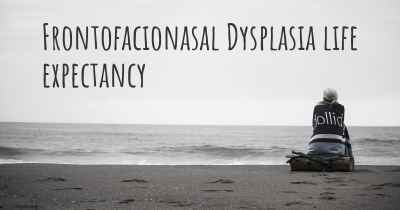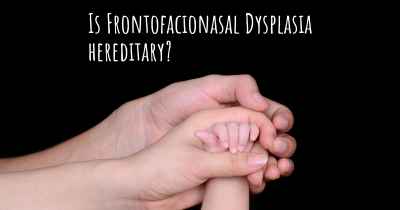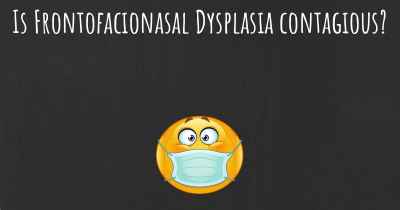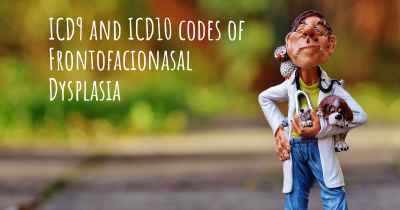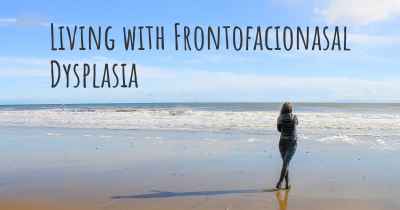Which are the symptoms of Frontofacionasal Dysplasia?
See the worst symptoms of affected by Frontofacionasal Dysplasia here
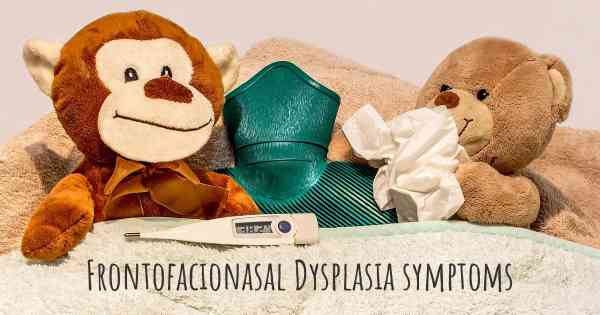
Symptoms of Frontofacionasal Dysplasia
Frontofacionasal dysplasia, also known as frontonasal dysplasia (FND), is a rare genetic disorder that affects the development of the face and skull. It is characterized by a wide range of physical abnormalities, which can vary in severity from mild to severe. The symptoms of frontofacionasal dysplasia can be grouped into three main categories: facial features, cranial abnormalities, and other associated features.
Facial Features:
One of the most noticeable symptoms of frontofacionasal dysplasia is the abnormal facial appearance. Individuals with this condition may have a wide and flat nasal bridge, widely spaced eyes (hypertelorism), a broad forehead, and a cleft lip or palate. The eyes may also be downward slanting, and the eyebrows may be sparse or absent. The shape of the head may be abnormal, with a prominent forehead and a flattened midface.
Cranial Abnormalities:
In addition to the facial features, frontofacionasal dysplasia can also affect the structure of the skull. Some individuals may have a large, wide head (macrocephaly) or an unusually small head (microcephaly). The skull may be abnormally shaped, with a high, prominent forehead and a flat back of the head. There may also be abnormalities in the positioning of the ears, such as low-set ears or ears that are rotated backward.
Other Associated Features:
Frontofacionasal dysplasia can be associated with other physical abnormalities that may vary from person to person. These can include abnormalities of the hands and feet, such as extra fingers or toes (polydactyly) or fused fingers or toes (syndactyly). Some individuals may have skeletal abnormalities, such as an unusually curved spine (scoliosis) or a chest that is sunken in or protrudes outward. Intellectual disability or developmental delays may also be present in some cases.
It is important to note that the symptoms of frontofacionasal dysplasia can vary widely between individuals. Some individuals may have mild symptoms that are primarily limited to the facial features, while others may have more severe symptoms that affect multiple body systems. The severity of the condition can also vary within families, with some family members being more mildly affected than others.
Diagnosis of frontofacionasal dysplasia is typically based on the physical characteristics and medical history of the individual. Genetic testing may also be performed to confirm the diagnosis and identify the specific genetic mutation responsible for the condition.
While there is no cure for frontofacionasal dysplasia, treatment is focused on managing the symptoms and improving quality of life. This may involve surgical interventions to correct facial abnormalities, such as cleft lip or palate repair. Other treatments may include speech therapy, physical therapy, and educational interventions to address developmental delays or intellectual disability.
In conclusion, frontofacionasal dysplasia is a rare genetic disorder that affects the development of the face and skull. The symptoms can vary widely, but commonly include abnormal facial features, cranial abnormalities, and other associated features. Early diagnosis and appropriate management can help individuals with frontofacionasal dysplasia lead fulfilling lives.
